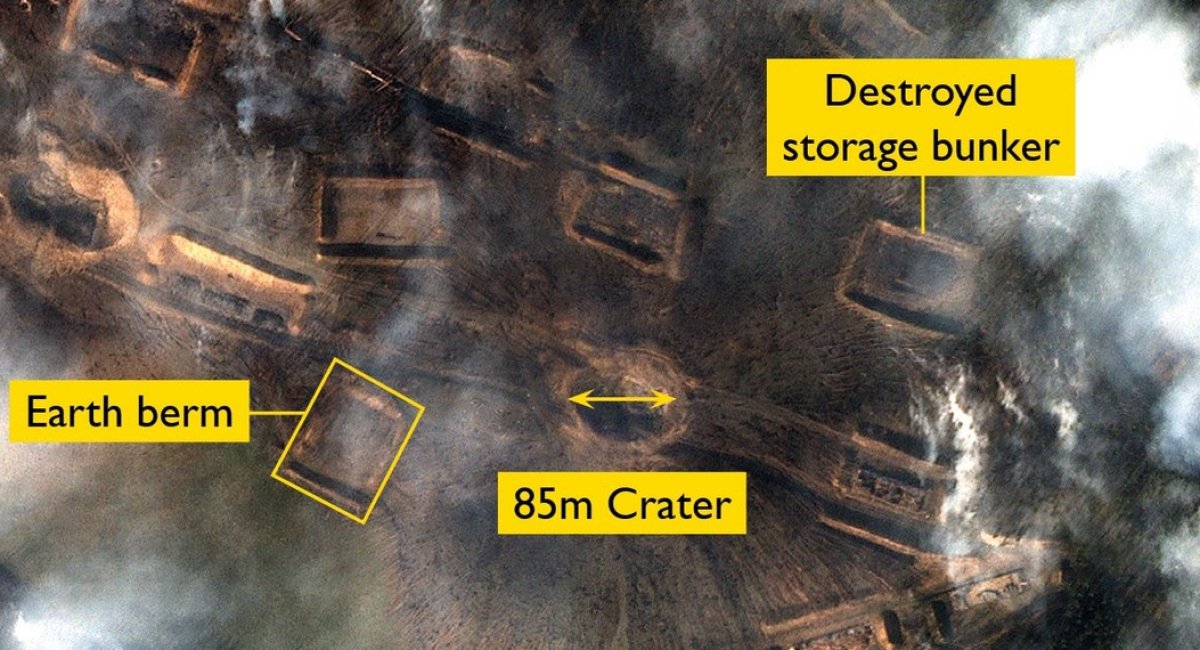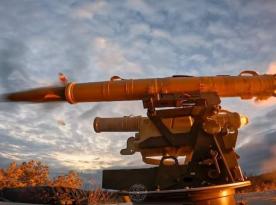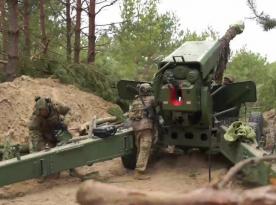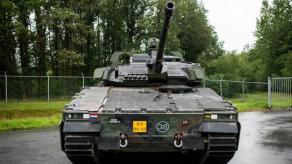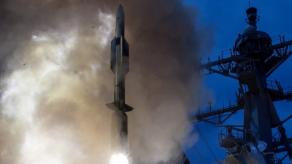Overnight on September 17/18, 2024, Ukraine conducted a successful one-way attack unmanned aerial vehicle strike on the Toropets strategic ammunition depot in russia’s Tver region, approximately 500 km from Ukraine. This depot is a storage site of the 107th Arsenal of the russian Main Missile and Artillery Directorate, and almost certainly housed munitions of varying calibres for frontline use, as well as missiles and glide bombs used by nearby airfields. Ammunition procured from North Korea was also reportedly stored here, according to the UK Defense Intelligence.
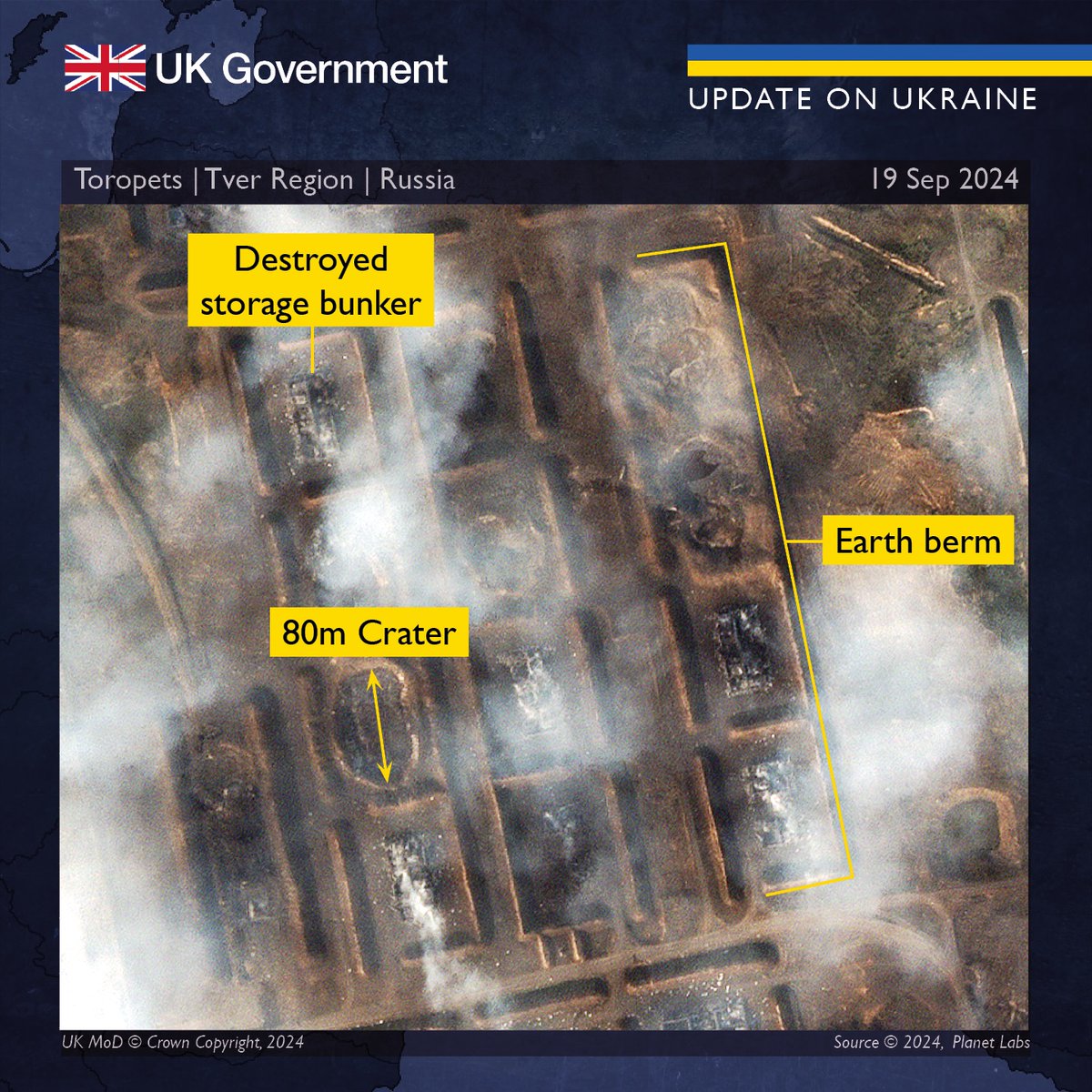
Renovated in 2018, this is one of russia’s largest strategic ammunition depots directly supporting its operation in Ukraine, storing more than 30,000 tonnes of ordnance. Recent improvements to the site had been driven by previous poor storage of aging explosive material leading to a series of explosions across several depots. One such explosion in June 2011 in Pugachevo, Udmurtia, saw 3,000 homes damaged and 30,000 people evacuated.
Read more: The UK Defense Intelligence Assesses russian Offensive Over the Past Week
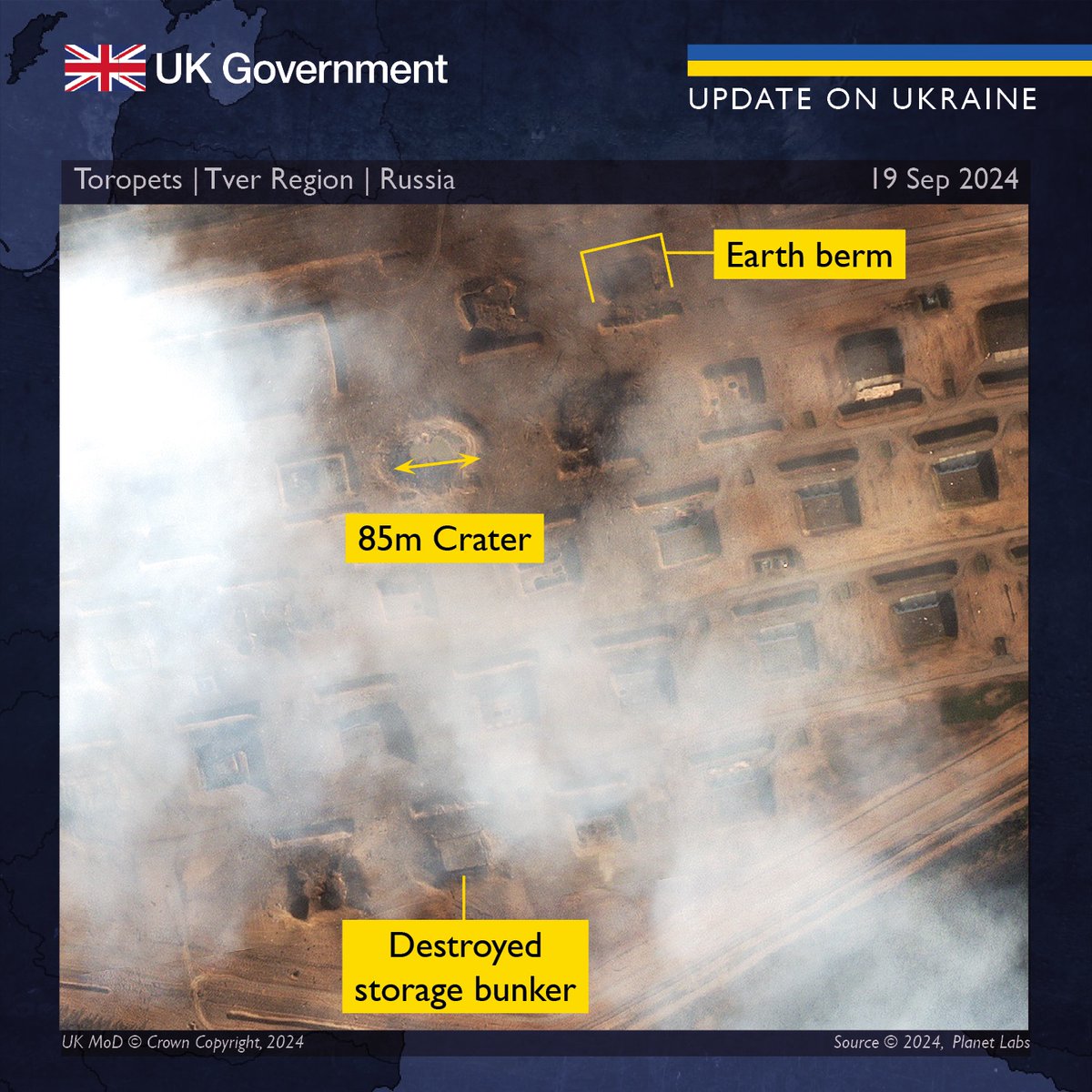
The explosion at the Toropets depot was recorded at 2.7 on the Richter scale, equivalent to a mild earthquake, with fires covering a 6 km-wide area. It is highly likely that poor storage of munitions, left vulnerable to the OWA UAVs, caused a chain reaction of cascading detonations within the bunker system, resulting in enormous losses of ordnance. Russian air defense continues to struggle with Ukrainian deep strike operations, despite claiming to have intercepted more than 50 UAVs in this attack. Although part of a wider supply network, this loss will highly likely disrupt russian ground operations, particularly in Kursk region.
Read more: The UK Defense Intelligence Analyzes Iran’s Delivery of the Fath-360 Missiles




